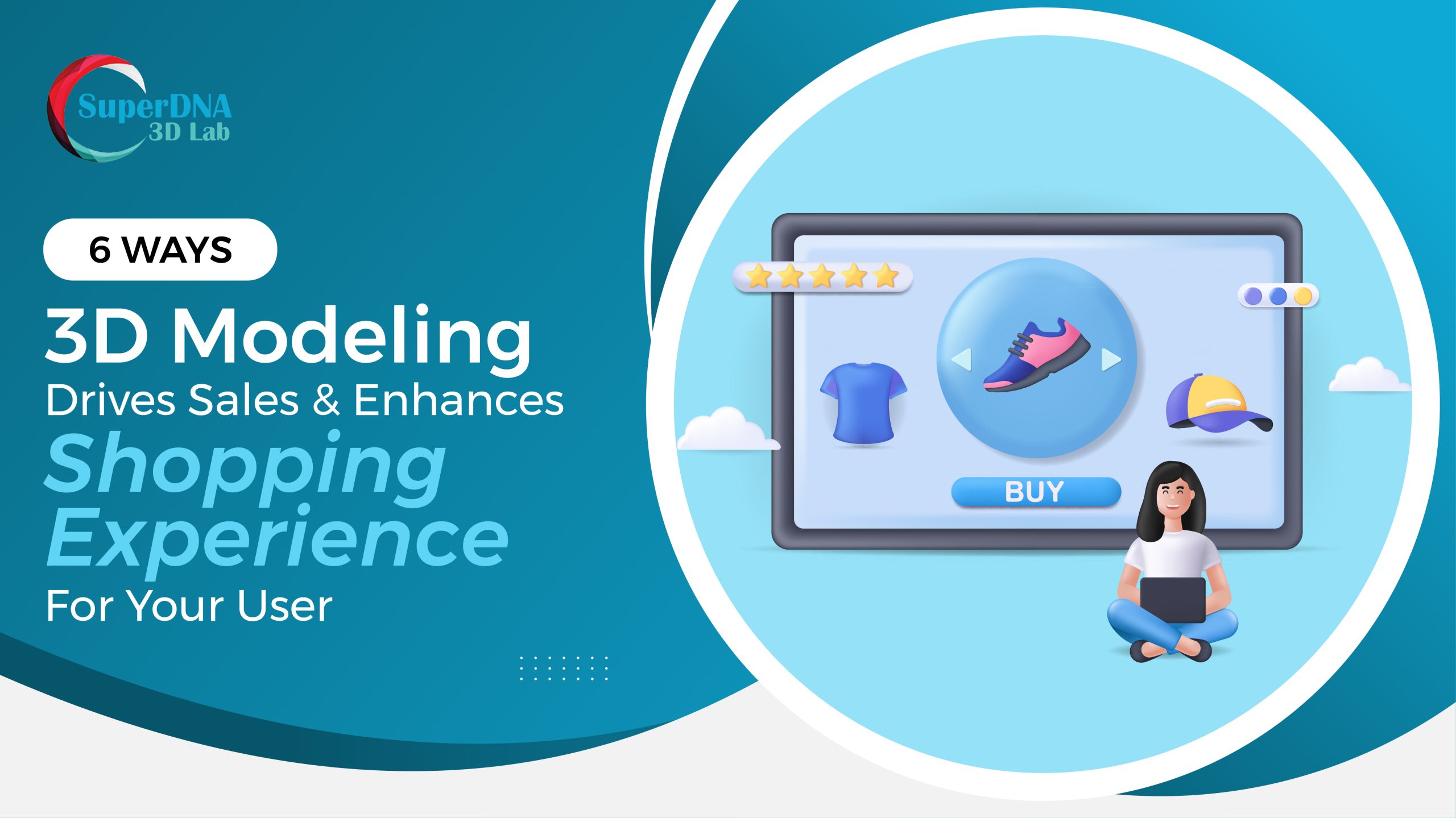
3D is currently transforming the online shopping experience for everyone. We all saw social distancing. Businesses all over the world were being shut down. But e-commerce was thriving. The internet is getting smarter as we speak, and it is facilitating a higher level of personalization and intuitiveness. Let’s have a look at how 3D product modeling is the driving force behind it all:
- The Creation of 3D Virtual Worlds
The advances made in 3D technologies have helped virtualize brick-and-mortar stores like never before, driving intent, interest, and sales. 3D modeling enables manufacturers to transpose home goods and furniture, footwear, fashion clothing, and automotive products too. These models replicate the in-store experience for their customers. They also bring a long list of benefits for retailers.
- Reimagining Retail With Numerous Experiences
The future is going to be powered by high-performance 5G. Because of this, we are witnessing phenomenal growth in immersive experience (AR, VR, and MR) environments. Manufacturers and retailers can entice their buyers to step into that virtually enriched world that is created using 3D models and a fabricated environment and experience the product before buying it.
- Create ‘Wow’ Moments
As a brand, you can now create ‘wow’ moments that help you foster long-term emotional engagements with your customers. Do you know that this level of “wow” factor has intrigued industries such as consumer packaged goods (CPG), fashion, fitness, hardware, electronics, and even the personal care segment to take 3D product modeling seriously?
- Leading By Example
Innovators and pioneers such as IKEA and Amazon made waves by first introducing high-quality yet low-cost 3D into the mix, and now it is being carried forward by several players who deliver countless disruptive 3D customer experiences for their customers. All this has given the online retail scene a much-needed facelift, which is the primary force behind more sales.
- Shopping Experience Augmented Like Never Before
Brands have realized that 3D models and representations guarantee unique in-store-like experiences for their customers, thereby enhancing their shopping experience and increasing corporate profits. Top-of-the-line 3D technologies allow brands to build unparalleled experiences. Your customers can get a deeper understanding of your products with the help of configurators, AR depictions, and virtual walkthroughs. They also have the flexibility to customize the products. This is what leads to higher conversions and a much greater brand recall value.
- Interaction with High-Quality 3D Assets
Modern-day 3D in AR places your shoppers in a very engaging and data-rich environment. This facilitates a fruitful interaction with the 3D models of your products. They can also compare product information, discover useful customer ratings, and navigate your virtual as well as physical stores. As a result, the brand becomes more aware of what its customers want. They can track customer behavior, understand customer-product interactions, and collect critical data to further enhance the overall customer experience (CX).
Several businesses have understood the importance of 3D product modeling and animation to increase their overall sales and revenue. Virtual tours, animations, and 3D product modeling visualizations give their customers more clarity about the product. They have become a highly preferred modern-age tool to meet the objectives of the brand. When you animate photorealistic 3D visualizations of your products, you are showcasing the best features of your offerings to your customers. The best part is that the same animation can be made accessible through various marketing channels. You can display them on television, outdoor advertising screens, trade shows, social media platforms, and many more.
The Rising Expectations of Your Customers
In the end, let’s conclude by saying that the expectations of your customers have increased almost tenfold. They don’t just want the best products, end-to-end services, and virtual experiences, but a complete immersion that can parallel the actual product trial. This is where 3D modeling services and visualizations are taking you. Are you ready?